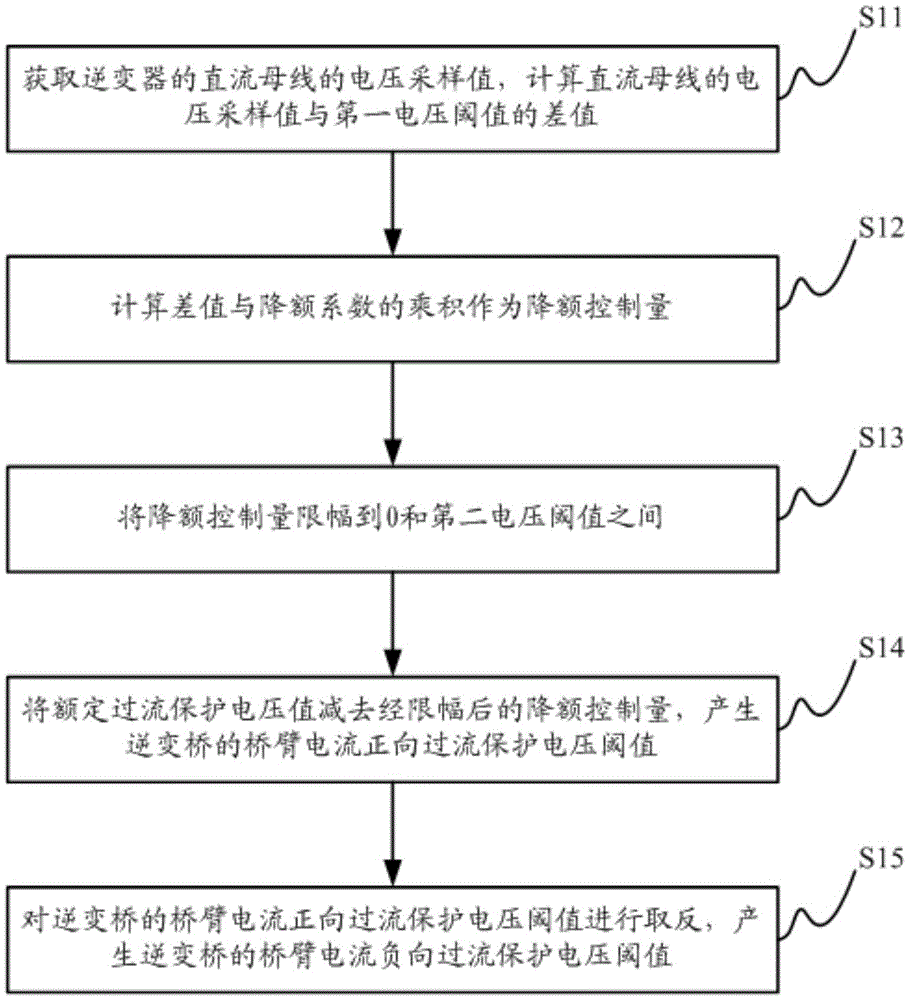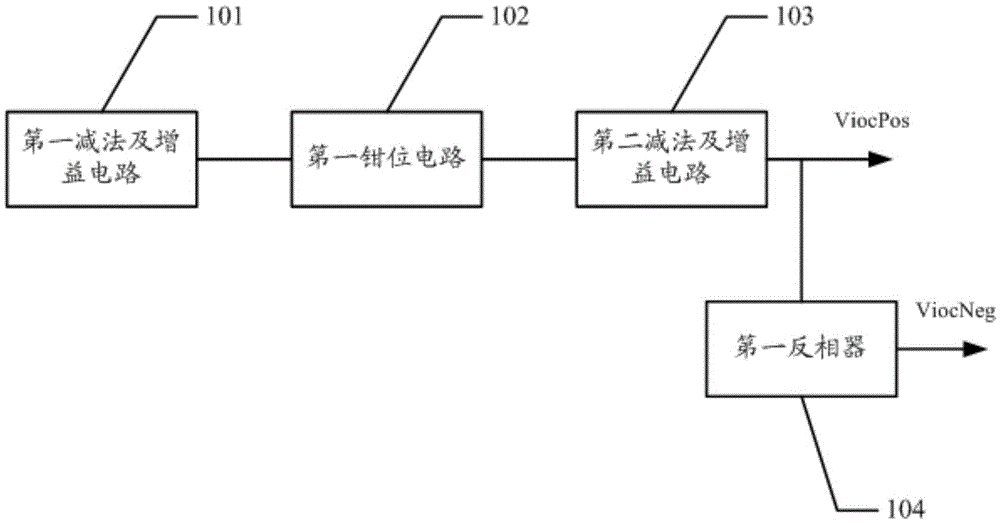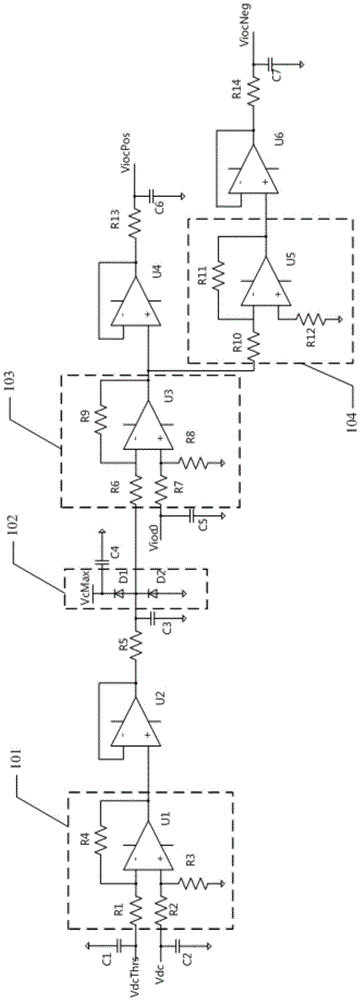Method and circuit for adjusting overcurrent protection threshold value
An over-current protection voltage and over-current protection technology, applied in the field of over-current protection threshold adjustment circuit, can solve the problems of switch tube damage, high over-current protection threshold, over-voltage breakdown of the switch tube, etc., to reduce the probability of being damaged , to avoid the effect of excessive overvoltage
- Summary
- Abstract
- Description
- Claims
- Application Information
AI Technical Summary
Problems solved by technology
Method used
Image
Examples
Embodiment Construction
[0061] In order to make the purpose, technical solutions and advantages of the embodiments of the present invention clearer, the technical solutions in the embodiments of the present invention will be clearly and completely described below in conjunction with the drawings in the embodiments of the present invention. Obviously, the described embodiments It is only some embodiments of the present invention, but not all embodiments. Based on the embodiments of the present invention, all other embodiments obtained by persons of ordinary skill in the art without making creative efforts belong to the protection scope of the present invention.
[0062] The invention discloses a method for adjusting the overcurrent protection threshold applied to an inverter, and dynamically adjusts the overcurrent protection threshold of the bridge arm in the inverter bridge according to the voltage of the DC bus of the inverter, thereby reducing the occurrence of switching tubes in the inverter The ...
PUM
 Login to View More
Login to View More Abstract
Description
Claims
Application Information
 Login to View More
Login to View More - R&D
- Intellectual Property
- Life Sciences
- Materials
- Tech Scout
- Unparalleled Data Quality
- Higher Quality Content
- 60% Fewer Hallucinations
Browse by: Latest US Patents, China's latest patents, Technical Efficacy Thesaurus, Application Domain, Technology Topic, Popular Technical Reports.
© 2025 PatSnap. All rights reserved.Legal|Privacy policy|Modern Slavery Act Transparency Statement|Sitemap|About US| Contact US: help@patsnap.com



